You are here
Photos Laukh Stand for the Koran in Turkestan album.
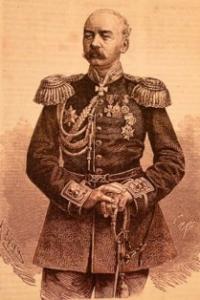
Sightseeing tours in Samarkand.
“I've known rivers:
I've known rivers ancient as the world and older than the flow of human blood in human veins. My soul has grown deep like the rivers”
Langston Hughes.
Historical guide to Samarkand.
On this page will be presented photos of the quran stand in the main mosque of Bibi Khanim in Samarkand from the Turkestan album, which were prepared from 1871 to 1872. These photos of the marble holder of the Koran in the main mosque of the ensemble Bibi Khanim in Samarkand (Uzbekistan) are in the archeological part of the Turkestan Album.
A six-volume photographic study was conducted in 1871 - 1872. under the leadership of General Konstantin P. von Kaufman, the first Governor-General (1867 - 1882). The album pays special attention to the Islamic architecture of Samarkand, including the monuments of the XIV and XV centuries, the period of Timur (Tamerlane) and his successors.
Built in 1399 - 1405. With the use of trophies of Timur’s Indian campaign, Bibi Khanym’s ensemble was the location of the city’s main or Friday mosque, named after Timur’s elder wife Saray Mulk Khanym. The mosque, located in the center of the ensemble, is one of the largest in the Islamic world.
Here is a huge carved marble holder of the Koran (rihal), located inside the mosque. The public readings of the Qur'an played an important role in worship, and the form of rihal (or lau) was of particular importance in a mosque of this size.
After the Indian march, marble often appeared in Timurid buildings, and its use here emphasized the central place of the Quran, the dimensions of which were to correspond to the size of the marble stand. In the background is an arched niche covered with ceramics.
The National Library of Tashkent contains the Turkestan Album, preserved in a single copy, a multi-volume collection of about 1,200 photographs representing the life and culture of the peoples inhabiting the Turkestan Territory.
The compilers were studied by Orientalists Alexander Ludvigovich Kuhn (1818 – 1882) and Bogayevsky Nikolai Vladimirovich (1843 – 1912), who, in fact, divided the album into two parts. Despite the large size of the volumes, the pictures themselves were of a small format.
Many of them are very yellow, faded, and cracked. But, all the same, on them it was possible to distinguish many interesting details. Some photos have been retouched. Unfortunately, almost nothing is known about the authors whose pictures are used in the album.
It was a group of photographers who were given the task of photographing everything that might be of interest for creating such an album. They had to carry out this grandiose enterprise in the most difficult traveling conditions and in a fairly short time.
Most of the pictures belong to the photographer N.Nekhoroshev and the military photographer to Sub-Lieutenant G.Krivtsov. It is also known about Nekhoroshev that he and his colleagues were the founder of a photo studio in Tashkent.
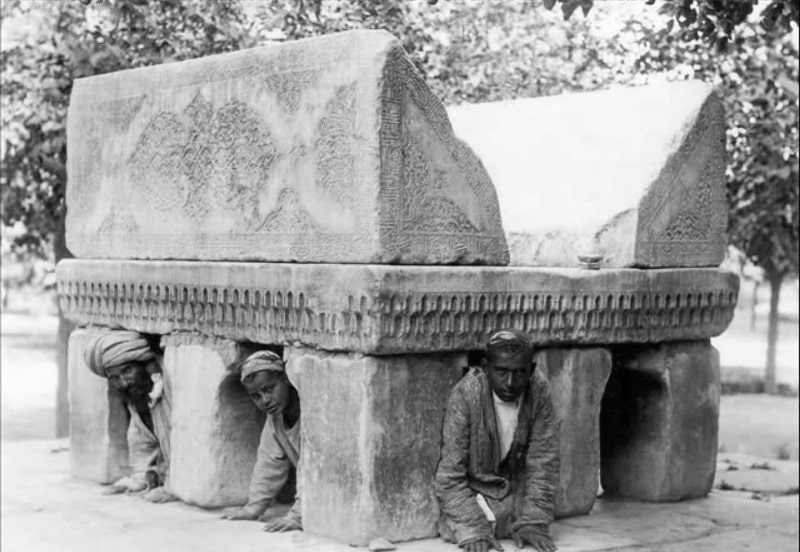
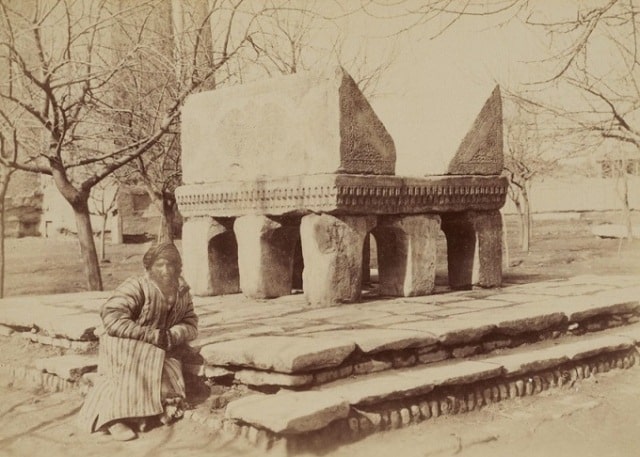
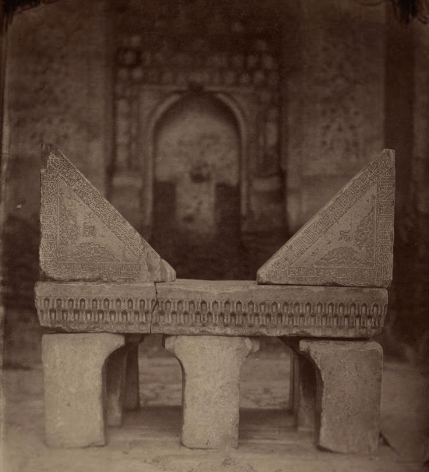
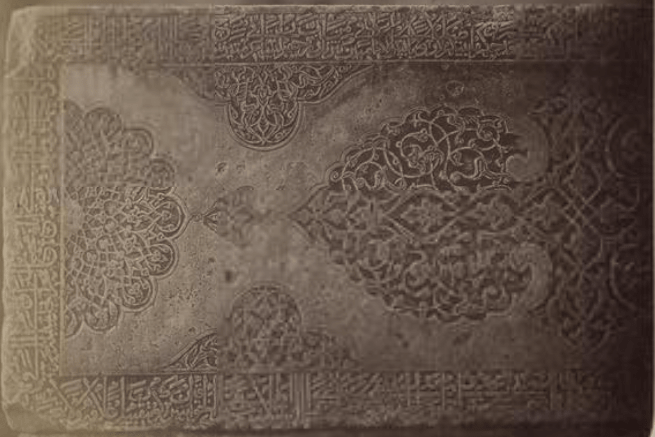

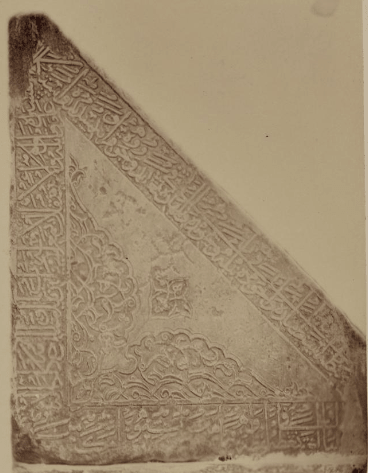
Enlightener:
Yan Zenkis. http://www.wdl.org
Photographic
study was conducted in 1871 - 1872. under the leadership of General Konstantin P. von Kaufman, the first Governor-General (1867 - 1882).






